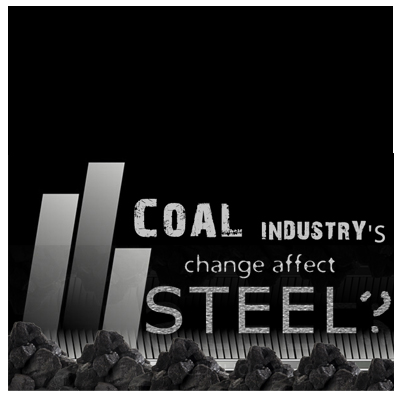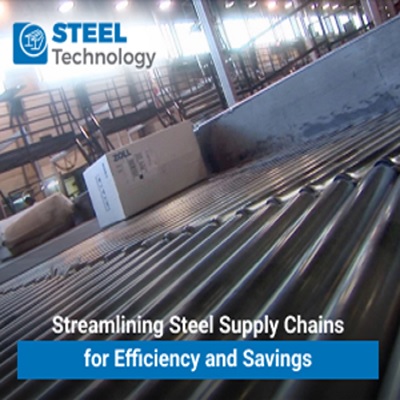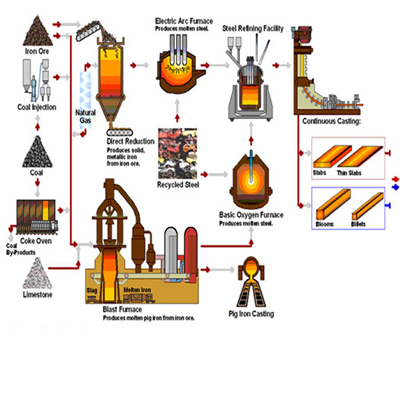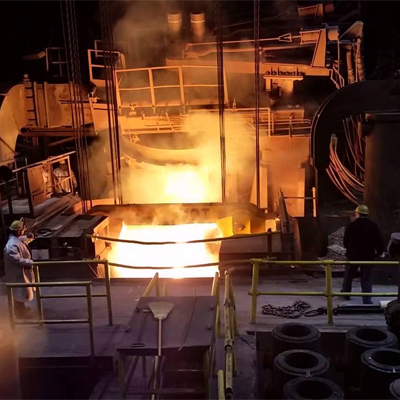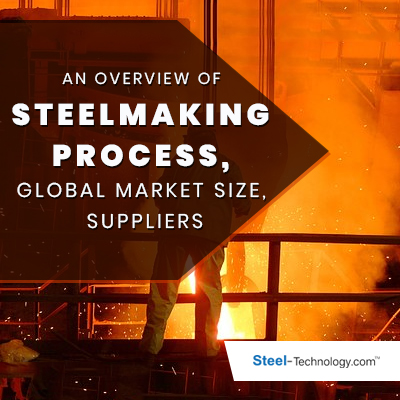Making Steel Sustainable
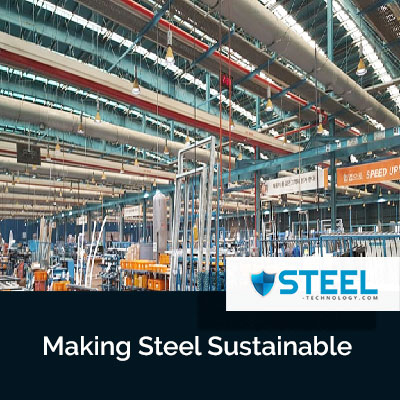
A more sustainable Eiffel Tower could guide us towards reaching the targets in the Paris Climate Agreement
If the Eiffel Tower was built today, it would require just 25 per cent of the steel used for its construction in 1887.This is one example of the impressive development of material science. But as material science develops, so too does the need to find more efficient ways of producing important metals such as steel. Here, Mats W Lundberg, sustainable business manager at Sandvik Materials Technology, explores some of ways to sustainably manufacture steel.
Steel’s central role in the development of our society means that those working in the industry have a special responsibility to contribute towards its sustainability. In March 2013, the steel industry in Sweden agreed on a common industry-wide vision: "Steel shapes a better future". This vision implies three undertakings—leading technical development, nurturing creative individuals and creating environmental benefits. So, what is the industry doing to achieve this?
One initiative to reduce the environmental impact of the steel industry involves cutting out carbon dioxide (CO2) from steel productional together. By replacing the coking coal that is traditionally needed for ore-based steel making, with hydrogen produced from fossil-free electricity, manufacturers are able to produce steel with virtually no carbon footprint.
When the hydrogen reacts with the oxygen in the iron ore, the result is water vapour rather than CO2 and the hydrogen itself can be produced sustainably using renewable sources.
Another method to increase steel’s sustainability focuses on material that has already been produced. Global climate targets for 2030 include at least a 40 per cent reduction in greenhouse gas emissions from 1990’s levels, a 32 per cent share for renewable energy and a 32.5 per cent improvement in energy efficiency. If we’re to meet these targets and continue on the path towards a greener future, we must also consider how we manage steel that already exists in the value chain.
Delivering sustainability needs to involve a lifecycle approach that breaks away from the ‘make-take-dispose’, linear economy and towards a circular way of managing resources.
Steel is 100 per cent recyclable and can be reused over and over again to create new products in a closed material loop, with around three quarters of all steel products ever made still in use today. Think about it — the iconic Sydney Harbour Bridge has been carrying road and rail traffic since 1932, and there are no plans to send this bridge to the scrap heap any time soon.
Recycled steel maintains the inherent properties of original steel and is the most recycled material in the world. Since October 2019, Sandvik has been providing its customers with the exact figure of the amount of recycled steel per product on our Materials Certificates. Already today, the products manufactured in our steel mill consist of an average of 82 per cent recycled material.
Our long term goal is to become more than 90 per cent circular by 2030 in our own manufacturing system, and to drive the shift to more circular business models and use of resources.
Furthermore, using hydrogen in steel production will drastically alter the properties of the finished product. As the reduction agent is changed to hydrogen, their own ore is no longer smelted in the same way and will not produce a replica result. To deliver a product that is consistent with the steel we have been using for over 150 years, it is more logical to use what we already have.
Materials technology has advanced massively over the past century. For developments in materials such as steel to align with our efforts to make industry more sustainable, we must not only consider how we create the product in the first place, but also how we manage the volume of steel that already exists in our society.





